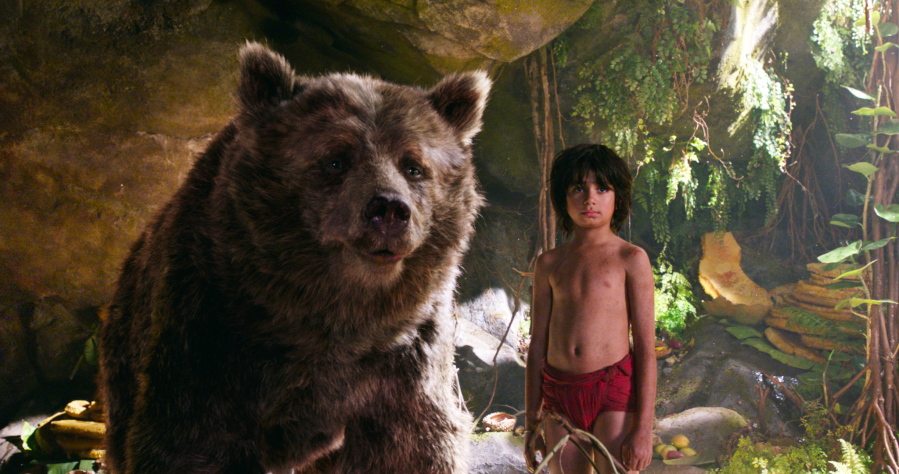Come the next Oscars submission season, Disney will be flush with top animation options for consideration. There will be “Zootopia,” and the forthcoming sequel “Finding Dory.” And then there will be “The Jungle Book”?
The smash hit from Jon Favreau is being characterized as Disney’s latest “live-action remake” of one of its animated classics — a wave of releases that includes “Maleficent” and “Cinderella.” But the new “Jungle Book” has a distinction: Despite the live-action moniker, it’s mostly animated.
Sure, the film has a human actor (Neel Sethi) front and center in the role of Mowgli; Favreau has said viewers need that human connection to relate to his film’s emotional palette. But it’s the visual palette here that renders this film so fascinating. As Favreau has said in interviews, for every dozen feet or so that Mowgli walks, the animators must create a dozen feet of jungle out of digital thin air.
In other words: The technology at work isn’t simply motion-capture (or performance capture), by which live-motion recording of performers is used to model the animation upon. Instead, this film is true “key-frame” animation, in which certain “key” frames are rendered to determine beginning and end points in each transition. Put more simply, “The Jungle Book” feels like perhaps the most animated “live-action” feature film ever
This isn’t just about blurring the line between live-action and animation, which Hollywood has deftly been doing for years. This is the effect of obliterating that line as a false division. Even film nomenclature hasn’t caught up with the collision of technology. “The Jungle Book,” as one digital hybrid of a cinematic cub, is literally an achievement beyond words. (“Manimation”? “Live Mo-Cap-Key”? I’m open to suggestions.)
This milestone may not matter so much to the viewer, but it could matter soon to film-awards judges. Because what’s to keep “Jungle Book” from becoming a King Louis-sized heavyweight in animation races, short of a backlash that results in cobbled together eligibility tweaks?
Although most viewers may not harbor such prejudices between styles, the Academy certainly does. Just recently, Disney/Pixar’s animated “Inside Out” — clearly one of the best films of 2015 — did not receive a best picture Oscar nomination. Yet a film like 2013’s “Gravity,” which relied heavily on digital effects, got a best picture nod.
As the line grows ever blurrier for those charged with drawing such categorical demarcations, one thing is clear: “The Jungle Book” looks to meet all the Academy’s eligibility requirements for competing as an animated feature. It’s unclear whether Disney wants to test those waters. But when “Jungle Book” animators can digitally paint water that looks more realistic than actual water, nothing seems beyond the bounds of the studio’s imagination.



